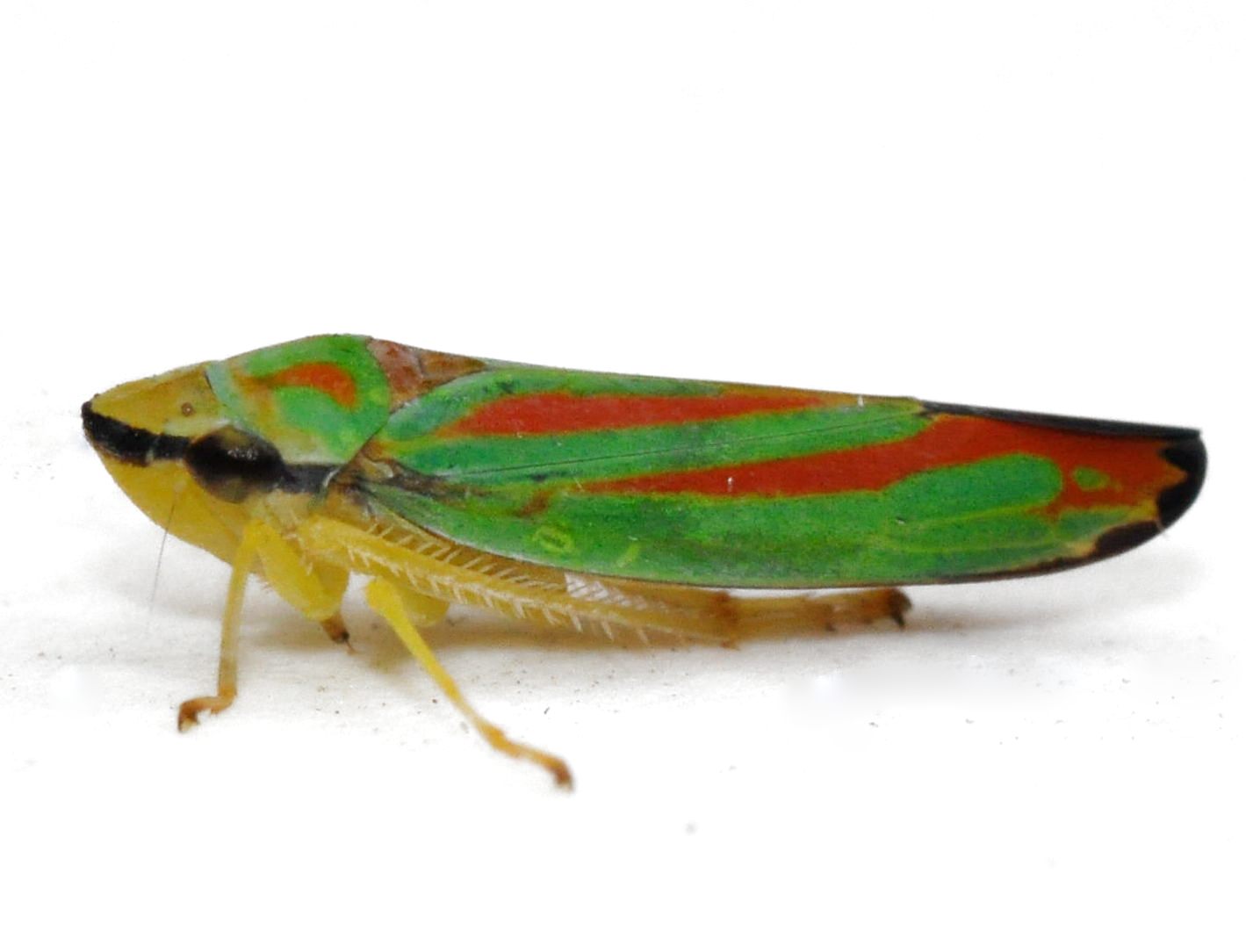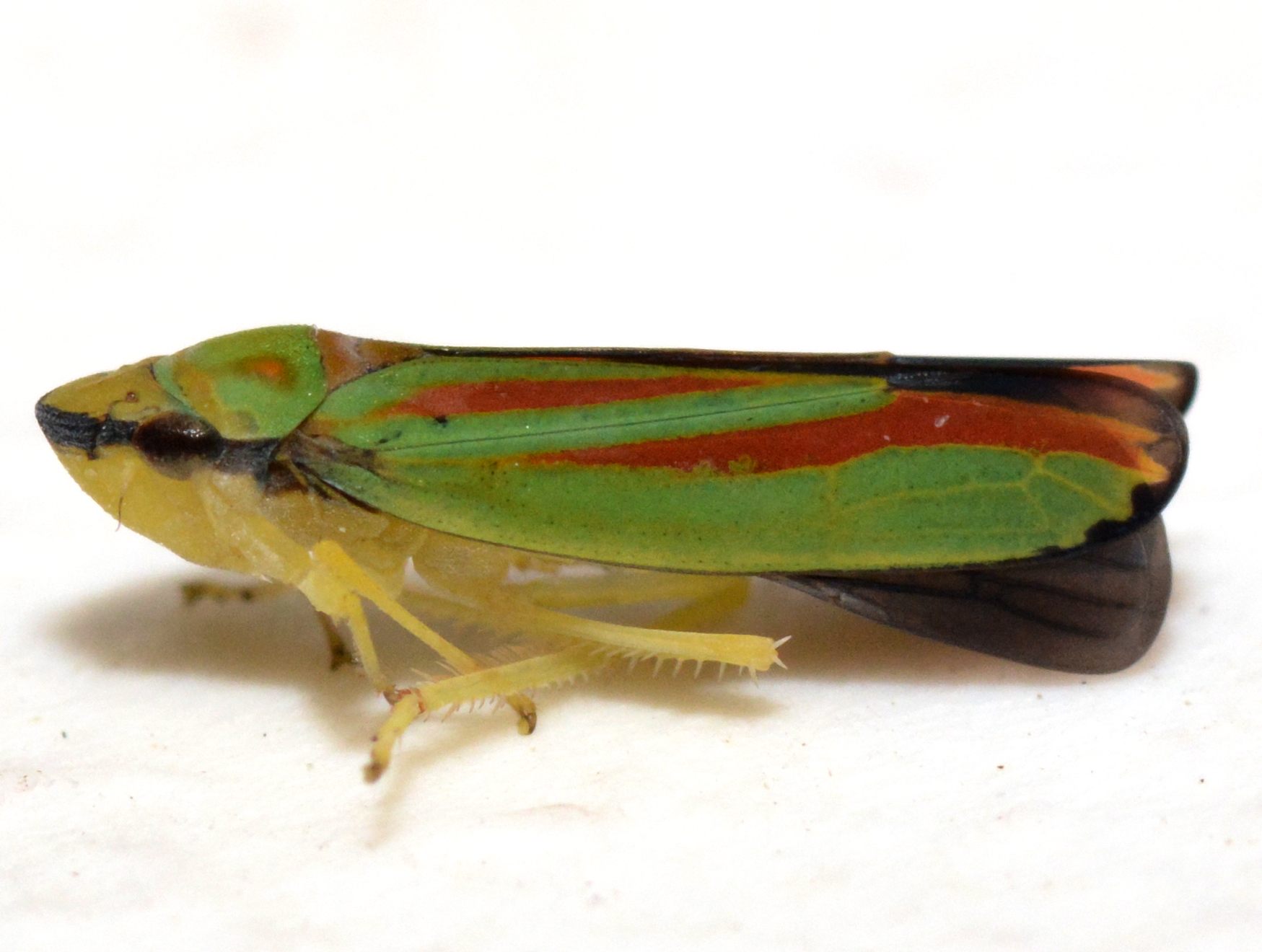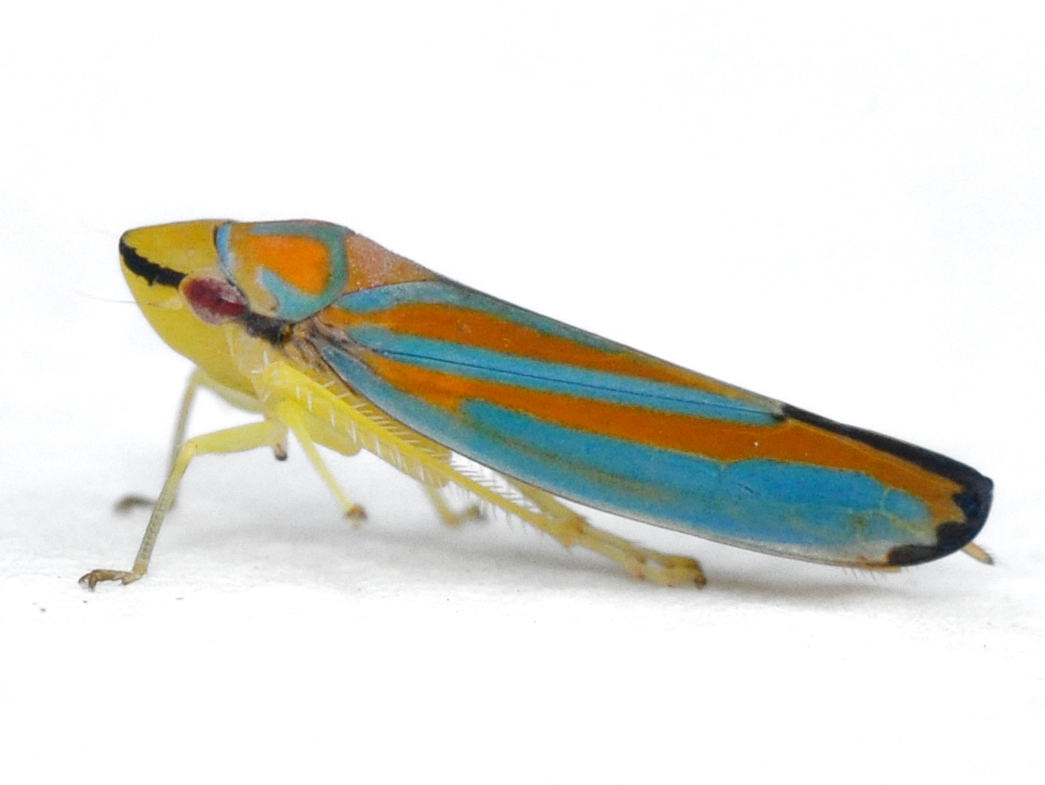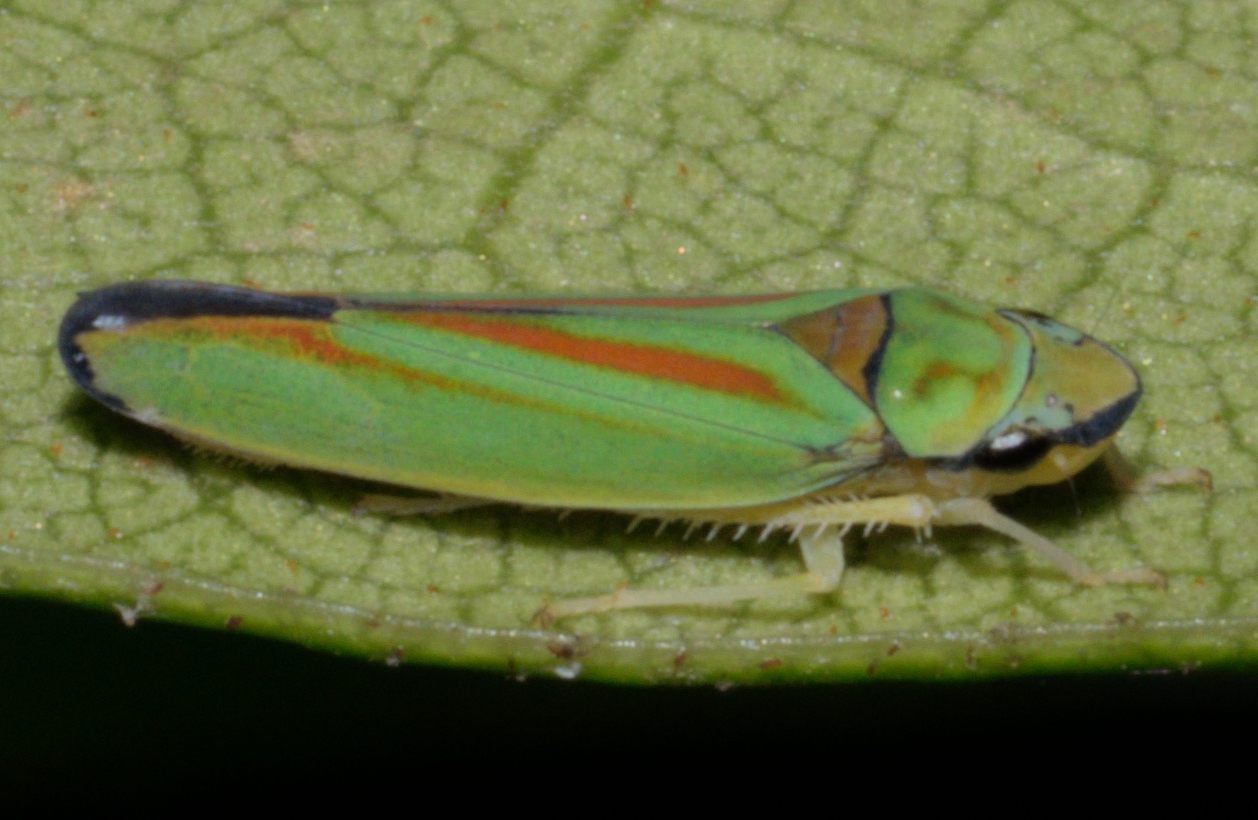| description |
A large member of this genus, with males 7.3-8.6 mm long and females slightly larger at 8.2-9.0 mm (some individuals can be larger). Forewings are variable in coloration, being typically green with red to orange bands. Some individuals though can have the green replaced with pale blue; this blue form is uncommon to rare. Red wing bands are usually unequal in width, with the back band sometimes faint or incomplete, and there are typically only two bands; very uncommonly, there can be hints of third, outer stripe. The width of the red bands can vary and some individuals can have uncommonly have somewhat even bands that are a bold red color. In addition, there are prominent, clearly scalloped black markings around the wing tip; this is a key characteristic that can help differentiate among similar species, as the only other species that has scallopping this pronounced is the very differently patterned G. versuta. The top of the head is yellow, as are the legs and underside of the body (BG).
Nymphs are whitish to yellow in color but have the distinctive, pointed head shape of this genus. |
| comments |
The blue form is rare in this species.
TAXONOMIC NOTE: Graphocephala can be a very difficult genus in which to differentiate some of the species from one another, it has been a bit of a taxonomic mess for a while. G. fennahi can be challenging to distinguish from green and red members of G. coccinea. Exact measurements of body length and determination of sex (or photos that allow a sex to be determined) can be very helpful in helping determine species, although even then it may not be possible to conclusively determine a species due to overlapping size ranges. Coloration and pattern can also be a useful field mark, but not always. G. fennahi tends to have 1 or 2 red bands that are of non-equal width, usually with the corial band reduced or absent, and on occasion the bands can be of similar length. Some individuals of coccinea can have 2 red bands of subequal length. Additionally, the heavily scalloped black markings at the tips of the wings are usually an indication of fennahi, but not always. While fennahi typically has this trait, members of coccinea can occasionally show this. Graphocephala can be very challenging. |
Species Photo Gallery for Graphocephala fennahi Rhododendron Leafhopper |
 | Photo by: Kyle Kittelberger
Wake Co.
Comment: mixed hardwood forest habitat | 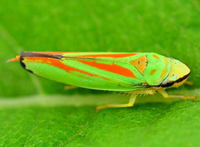 | Photo by: Kyle Kittelberger, Brian Bockhahn, Paul Scharf
Ashe Co.
Comment: brushy, vegetated habitat |
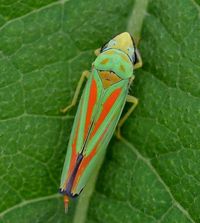 | Photo by: Paul Scharf, Kyle Kittleberger, Brian Bockhahn
Ashe Co.
Comment: | 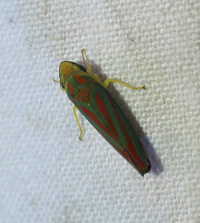 | Photo by: Randy Emmitt
Orange Co.
Comment: uv lights, will try to get a specimen. |
 | Photo by: Randy Emmitt
Orange Co.
Comment: uv lights, will try to get a specimen. | 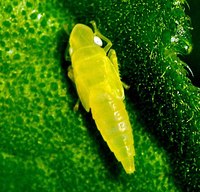 | Photo by: Paul Scharf
Warren Co.
Comment: Nymph on Host Plant |
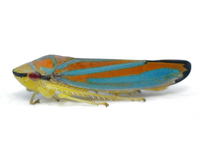 | Photo by: Kyle Kittelberger, Brian Bockhahn, Paul Scharf
Surry Co.
Comment: grassy, brushy habitat near forest edge |  | Photo by: Kyle Kittelberger, Brian Bockhahn, Paul Scharf
Surry Co.
Comment: grassy, brushy habitat near forest edge |
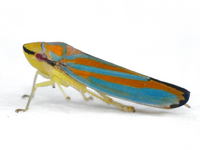 | Photo by: Kyle Kittelberger, Brian Bockhahn, Paul Scharf
Surry Co.
Comment: grassy, brushy habitat near forest edge | 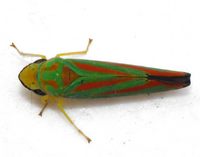 | Photo by: Kyle Kittelberger, Paul Scharf
Wake Co.
Comment: mixed hardwood forest habitat; male, 7.7 mm long |
 | Photo by: Kyle Kittelberger, Paul Scharf
Wake Co.
Comment: mixed hardwood forest habitat; male, 7.7 mm long | 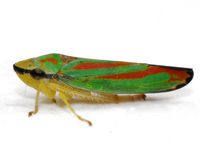 | Photo by: Kyle Kittelberger, Paul Scharf
Wake Co.
Comment: mixed hardwood forest habitat; male, 7.7 mm long |
 | Photo by: Kyle Kittelberger
Out Of State Co.
Comment: male, 7.7 mm |  | Photo by: Kyle Kittelberger
Out Of State Co.
Comment: male, 7.7 mm |
 | Photo by: Kyle Kittelberger
Out Of State Co.
Comment: male, 7.7 mm | 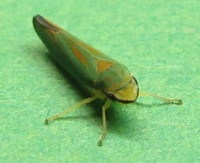 | Photo by: Ken Kneidel
Yancey Co.
Comment: 8.2 mm, forest edge with many Rhododendron maximum nearby |
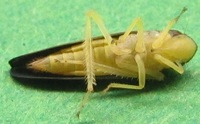 | Photo by: Ken Kneidel
Yancey Co.
Comment: 8.2 mm, forest edge with many Rhododendron maximum nearby | 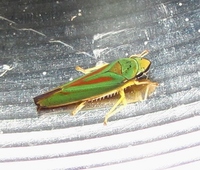 | Photo by: Ken Kneidel
Yancey Co.
Comment: forest edge |
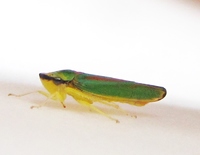 | Photo by: Ken Kneidel
Yancey Co.
Comment: forest edge |  | Photo by: Rob Van Epps
McDowell Co.
Comment: |
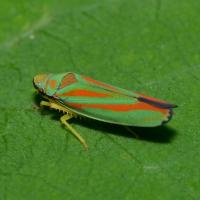 | Photo by: Margarita Lankford
Swain Co.
Comment: https://www.inaturalist.org/observations/51953273 |  | Photo by: Margarita Lankford
Swain Co.
Comment: https://www.inaturalist.org/observations/52744537 |
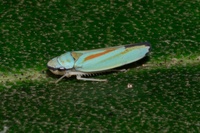 | Photo by: Scott Bolick
Mitchell Co.
Comment: | 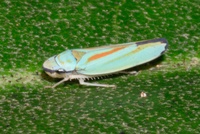 | Photo by: Scott Bolick
Mitchell Co.
Comment: |
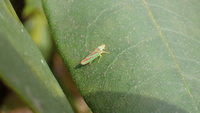 | Photo by: Erich Hofmann
Buncombe Co.
Comment: | 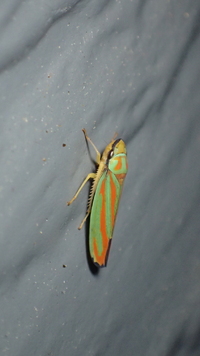 | Photo by: Erich Hofmann
Buncombe Co.
Comment: |
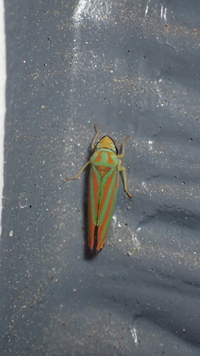 | Photo by: Erich Hofmann
Buncombe Co.
Comment: | 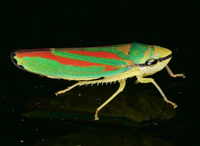 | Photo by: Jim Petranka
Madison Co.
Comment: |
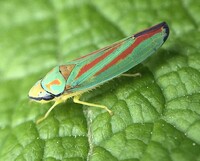 | Photo by: Ted Wilcox
Watauga Co.
Comment: | 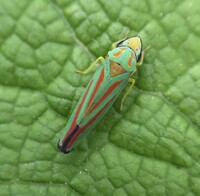 | Photo by: Ted Wilcox
Watauga Co.
Comment: |
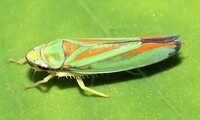 | Photo by: Rob Van Epps
Henderson Co.
Comment: |  | Photo by: Scott Bolick
Surry Co.
Comment: |
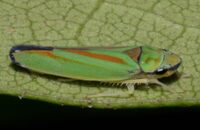 | Photo by: Scott Bolick
Surry Co.
Comment: | 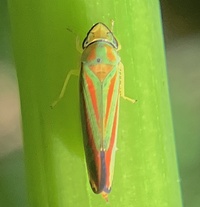 | Photo by: Ken Kneidel
Watauga Co.
Comment: |
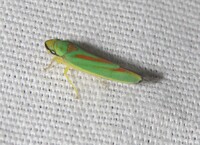 | Photo by: B. Bockhahn
Macon Co.
Comment: | 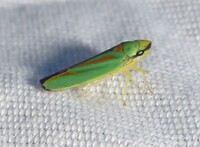 | Photo by: B. Bockhahn
Macon Co.
Comment: |
 | Photo by: Scott Bolick
Wilkes Co.
Comment: |

 »
»